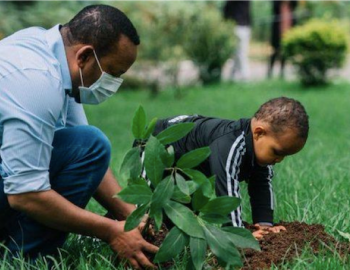ESSENTIAL: Six tips for effective country programmes
ESSENTIAL: Six tips for effective country programmes
In 2010, CDKN was established as a demand-led initiative, bringing the best resources available from across the global market to support decision-makers in developing countries to develop the necessary policies and plans to tackle climate change. Although at first CDKN took a broader geographic approach in 70 countries, from 2013 onwards, CDKN focused its resources on 12 priority countries: Bangladesh, Colombia, El Salvador, Ethiopia, Kenya, India, Indonesia, Nepal, Pakistan, Peru, Rwanda and Uganda; and on one subregion: the Caribbean.
CDKN is a £130 million programme, funded primarily by the United Kingdom and Netherlands governments, and more recently, by a growing number of public and private donors.
This ‘Essential’ briefing presents CDKN’s top six tips for ensuring impact in country programmes, based on the in-depth approach to country assistance that CDKN developed with its partners. CDKN’s lessons from experience can inform other donor programmes that are seeking to support climate compatible development.
Key findings
- Country programmes should be led and managed in-country, preferably by nationals of that country.
- A Theory of Change and Impact Pathway can be an effective way of communicating a country programme’s goals and focus to a wider group of stakeholders.
- The Theory of Change and Impact Pathway should be co-developed with key stakeholders, and remain flexible to changing demands.
- Budgets need to be aligned with the goals and time frames of the country programme in order to enhance impact.
- Local suppliers should always be used where possible. If local technical expertise is not available, a combination of local and international expertise can be an effective solution.
- Monitoring, evaluation and learning for the country programme should be part of ongoing strategic planning, not just a once-a-year exercise.



